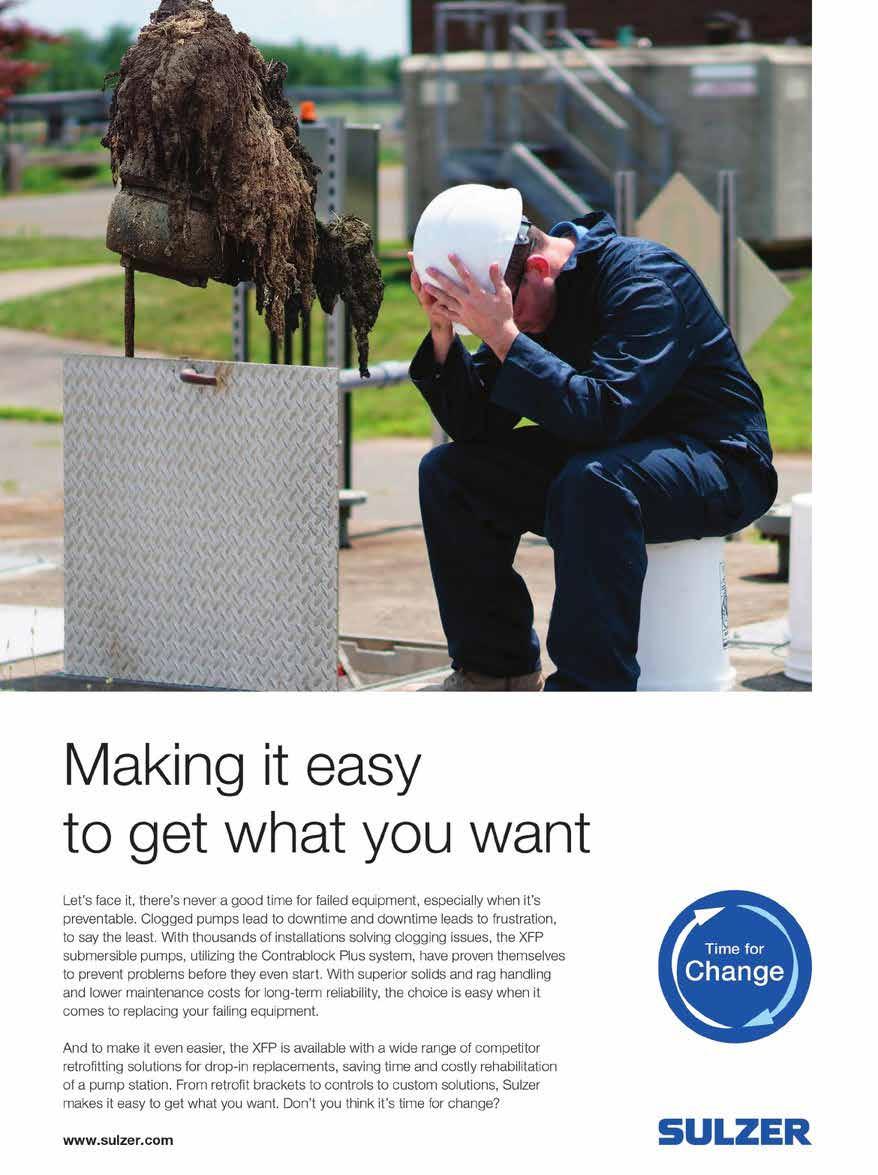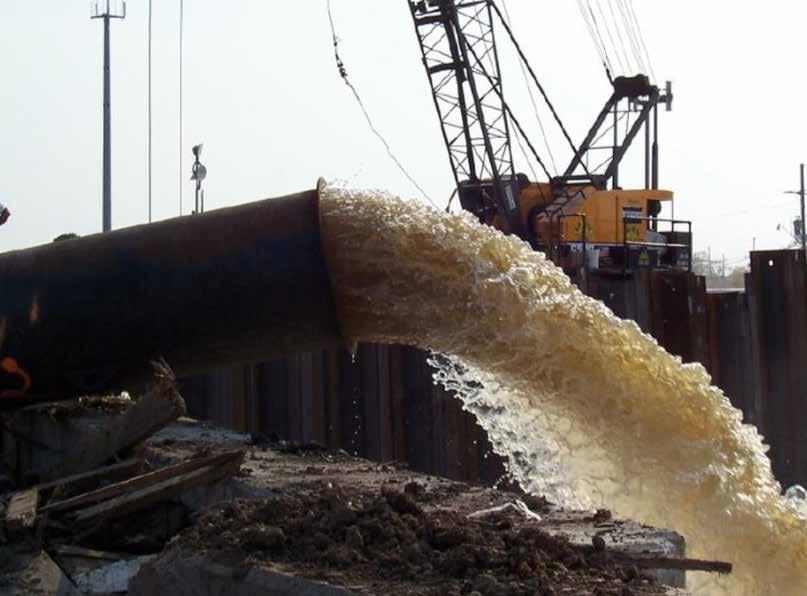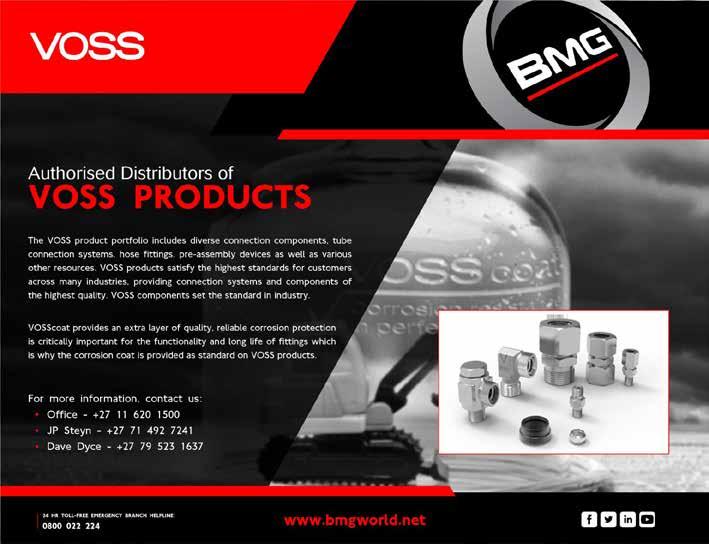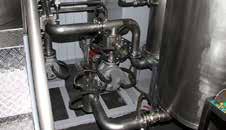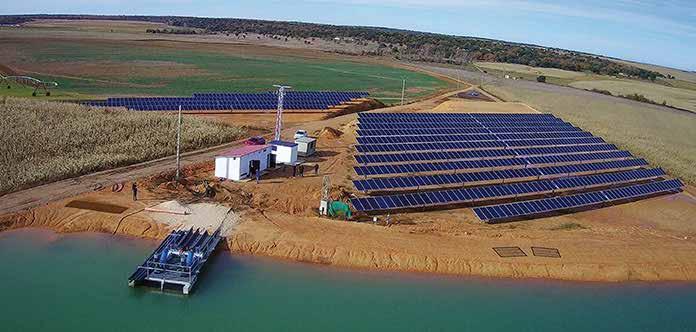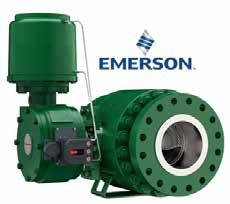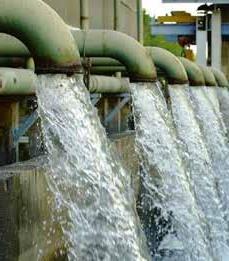Pump ManagementÂť
How to unclog Industrial Water Pumps
H
ose tracking is at the bottom in the pecking order of priorities in the sphere of increasing efficiency in mining. But if mining companies are really hell-bent on realising value across-the-board in their operations, every available avenue to accomplish this has to be fully exploited. To this end, vast opportunities lie in the management of hydraulic hose and fittings. When overly large solids or certain types of debris enter the water, some pumps are more prone to clogging. Clogged pumps with a full or partial blockage can quickly pose severe damage to the rest of your equipment,
cause backups and can potentially delay your projects. To ensure your pump systems operate to their fullest potential, read what our experts have to say below to help determine a root cause and offer solutions on how to unclog industrial water pumps, so you can resume smooth operation. Determine How the Clog Started During high flows such as heavy rain and weather events, municipal waste water stations and sewer systems can back up storm drains or full systems with debris such as clothing / rags, trash, large solids, etc. Additionally, inappropriately flushed items
34
like grease may be a contributing factor to a blockage of sewer systems. This detritus can quickly build up and cause an emergency wastewater crisis situation that can potentially flood residential neighborhoods or clog whole sewage systems. On construction jobsites, mines, and quarries, a downed pump can cause costly delays such as shorter pump life, added management time, and extended personnel time. First, you must identify the source(s) of the problem. Often, the source is either inappropriately flushed items such as rags or fats, oils and grease (FOG) which are
www.pumps-africa.com

